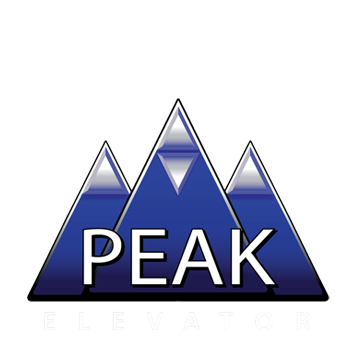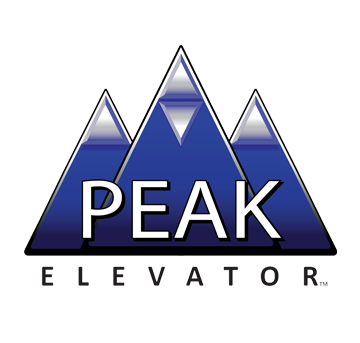
06 Jan How Do Elevators Work?
Whether we live on the fourth floor of a high-rise, work in a towering skyscraper, or need a quick lift at the mall, vertical transportation is a vital part of our lives. How much thought do we give to the mechanics of these devices? Aside from elevator technicians, few people think about the mechanics of an elevator until it breaks down. Even then, the general public’s knowledge is often limited to that of a specialist providing elevator equipment support or elevator maintenance services.
How do elevators work? Let PEAK Elevator™’s hand-selected team of technicians educate you on the inner workings of this complex machine.
What is a hydraulic elevator?
Simple in its construction and design, a hydraulic ram is a fluid-filled piston and power unit that helps to raise and lower a car from below. Pressurized fluid moves back and forth through a sealed oil line to operate the piston. Hydraulic elevators tend to require more power as they work to support the weight of both the car and its passengers without counterweights.
As hydraulic elevator systems experience wear and tear over time, PEAK Elevator™ recommends routine preventive maintenance for the following parts:
• Interlocks
• Door Operators
• Door Protection
• Hall Fixtures
• Safety Fixtures
• Leveling Equipment
• Safety Switches
• Hydraulic Jacks
• Traveling Cables
• Power Units (Pumps, Motors and Valves)
• Hydraulic Fluid (Oil)
What is a traction elevator?
Traction elevators lift and support the weight of both the elevator car and its passengers using cables and counterweights. Traction elevators rely largely upon the counterweights for balance and efficiency. Similar to a traditional pulley, the counterweight goes down as the car goes up. Another feature unique to this particular system is the governor, which regulates speed using a system of braking mechanisms.
PEAK Elevator™ proudly services all makes and models of traction elevators. Though every element of an elevator system should be inspected for wear and performance on a regular schedule, our team pays careful attention to the following components of a traction system:
• Controller/Drive Unit
• Hoisting Machine
• Motor
• Governor
• Brake
• Safety Switches
• Door Operator
• Interlocks
• Door Protection
• Leveling Equipment
• Hoist Cables
• Traveling Cable
• Counterweight
• Buffers
Call PEAK Elevator™ for Quality Elevator Equipment Support
Preventive maintenance is key to maintaining the integrity and longevity of your elevator equipment. Whether your facility houses an elevator, escalator, or any form of commercial or residential vertical transportation, PEAK Elevator™ is committed to ensuring that your equipment meets safety and code regulations. Call us today for a FREE estimate!



Sorry, the comment form is closed at this time.